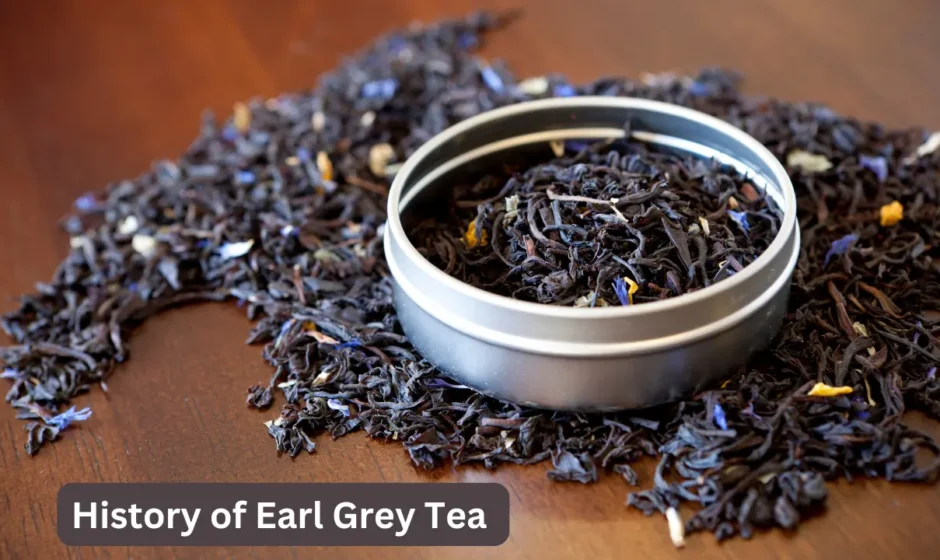History and Origin of Earl Grey Tea
Earl Grey tea is a tea classic and we love it. Here’s the story behind it.
1. Earl Grey Origin
Earl Grey tea is named after Charles Grey, the 2nd Earl Grey, who was Prime Minister of Great Britain from 1830 to 1834. Here’s the story:
- A Gift: According to legend the earl grey tea was given to Lord Grey by a Chinese diplomat as a gift for saving his life or resolving a trade dispute. The blend was supposed to be a copy of the Chinese teas that were not available in Britain.
- Bergamot Oil: The defining ingredient, bergamot oil, was added to black tea to create the citrus flavour and aroma that makes Earl Grey different from other teas.
2. Earl Grey’s History
- 19th Century: The industrial revolution put tea in the spotlight in Britain. Earl Grey became a favourite among the aristocracy because of its flavour.
- Tea as a Status Symbol: At this time tea was a luxury in Britain and flavoured blends like Earl Grey were the epitome of refinement.
- Globalisation: As British trade expanded Earl Grey tea spread to other parts of the world and became a Western tea classic.
3. Bergamot in Earl Grey
Bergamot, a citrus fruit grown in Calabria, Italy is the secret to Earl Grey:
- Flavor Profile: The oil from the peel of the bergamot gives Earl Grey its citrus and floral notes.
- Preservation: Bergamot oil was originally used to preserve black tea during transport, to flavour and prolong its shelf life.
- Health Benefits: As well as flavour bergamot has natural antioxidants and compounds that aid digestion and relaxation.
4. History of Earl Grey
- Original Black Tea Base: Earl Grey was originally made with black tea, such as Darjeeling or Assam as the base.
- Modern Variations: Over time tea makers started to experiment with green tea, white tea and even herbal blends with bergamot, to widen the appeal.
- Lady Grey: Twinings, a well known tea brand, created Lady Grey as a milder version with orange and lemon added.
5. Earl Grey in Culture
- British Afternoon Tea: Earl Grey is part of the British tradition of afternoon earl grey tea, with scones and delicate cakes.
- Literature and Pop Culture: Featured in books, films and TV shows Earl Grey is a classic symbol of refinement.
- Global: While British in origin Earl Grey is enjoyed worldwide with regional variations of milk, honey or vanilla.
6. Misconceptions About Earl Grey’s History
- Chinese Roots Debated: Not as Chinese as you think. There is little evidence to support the story. More likely a British creation inspired by Chinese earl grey tea-making.
- Commercial Development: Some say bergamot was added to mask the taste of cheaper earl grey tea, to make it more tradeable.
7. Why Earl Grey is Timeless
- Versatile: Hot, iced or as a base for lattes and cocktails.
- Culinary Influence: Beyond earl grey tea, its flavour has inspired desserts like Earl Grey macarons, cakes and ice creams.
- A Global Icon: Whether in traditional earl grey tea houses or modern cafes, Earl Grey is a favourite among earl grey tea lovers of all ages.
Conclusion
The history of Earl Grey tea is a mix of myth, innovation and cultural development. From its association with British aristocracy to its global status as a classic, Earl Grey has lasted centuries and crossed borders. Its bergamot flavour and history make it more than just a tea – it’s a symbol of luxury and timelessness that continues to charm tea lovers everywhere.


